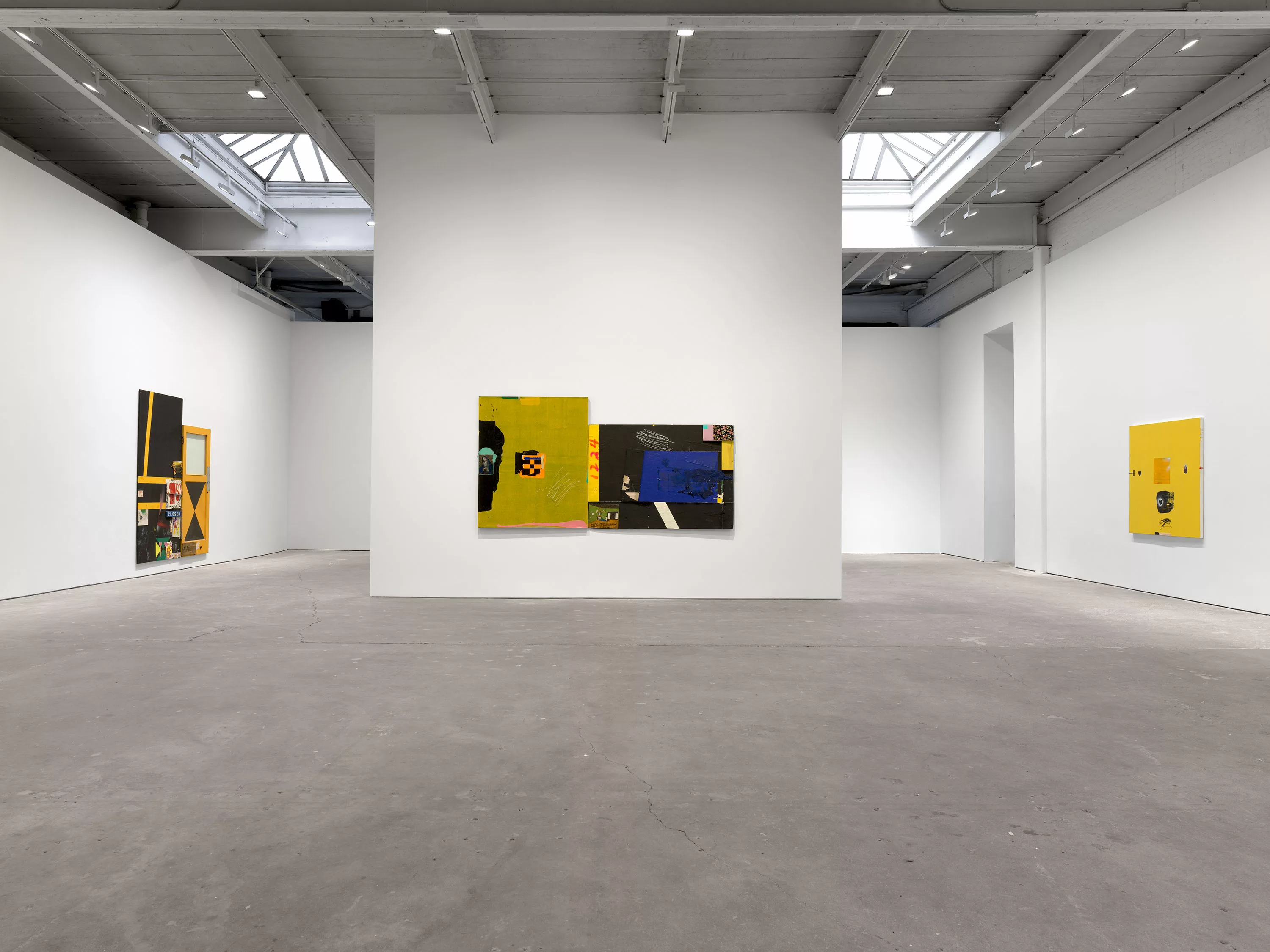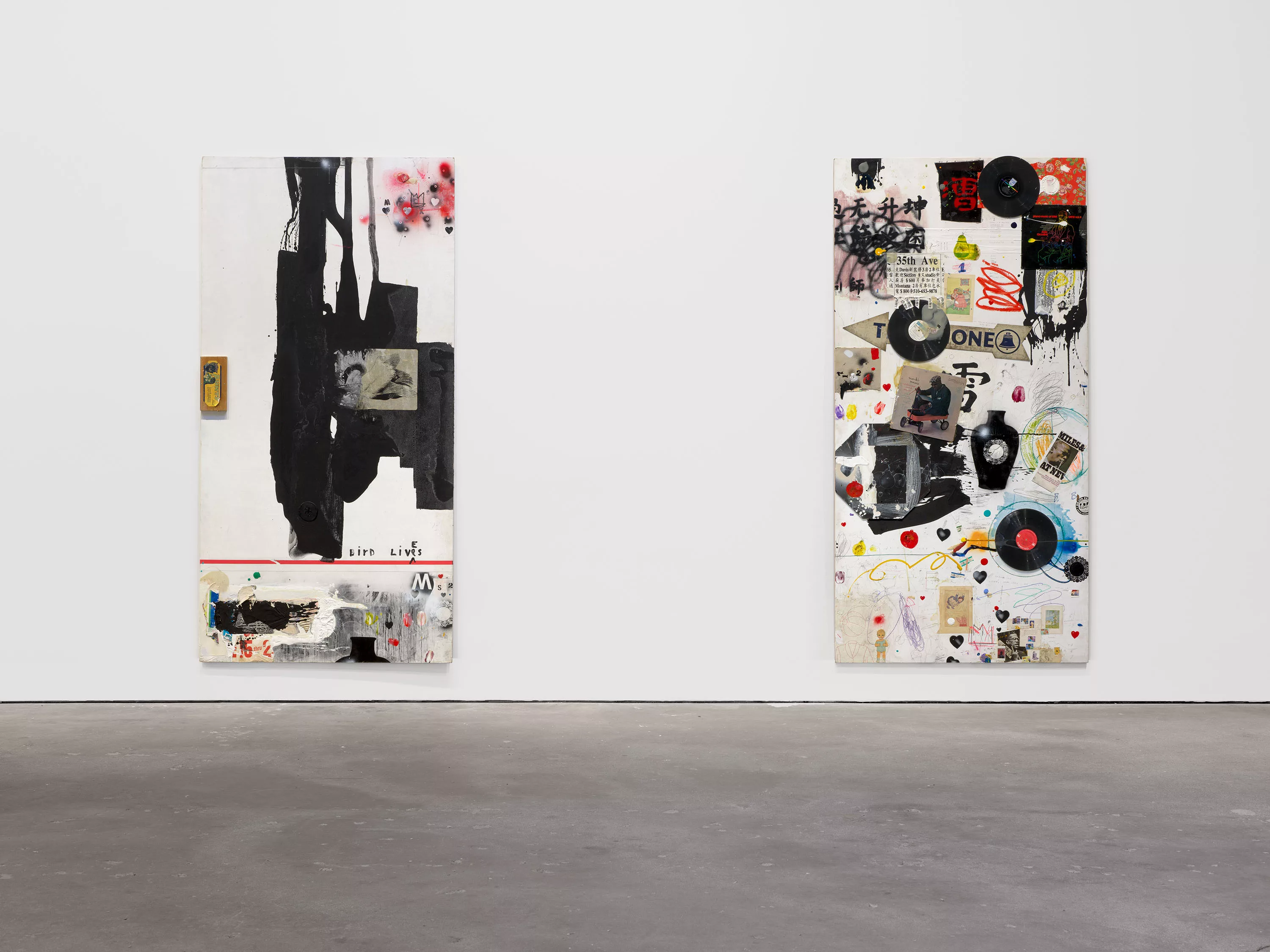
Walking into Raymond Saunders’ “Post No Bills” on opening night, I was first greeted with the lobster-red richness of the titular piece. It’s all bright tones and two pieces of tape in a cross above a smaller inlaid piece, which presents as a posted flyer of sorts, a sweeping artist palette doused in blue smears and splotches of secondary colour.
It’s at odds with that rich-red, and hints at the storytelling at work in the rest of the exhibition, a co-presentation of David Zwirner’s Chelsea galleries and Andrew Kreps Gallery.
“I wanted to make a point of noting that every decision Saunders made was intentional. It was about contextualizing himself in the work and being mindful of what was expected of a Black painter at that moment,” curator Ebony L. Haynes, a Senior Director at David Zwirner and founder of 52Walker shared. What the exhibition does is open a conversation on public dialogue and the freedom to disseminate information, whether it be wheatpaste bills or other content in the discourse.
The work is pulled from a wide expanse of the artist’s catalogue, noting maturations in style and unique markers of different periods of creativity – groundwork-laying pieces in the ’60s and ’70s, assemblage-style paintings beginning with black backgrounds in the ’80s and vibrant colour, line drawings, and found doors in the ’90s.
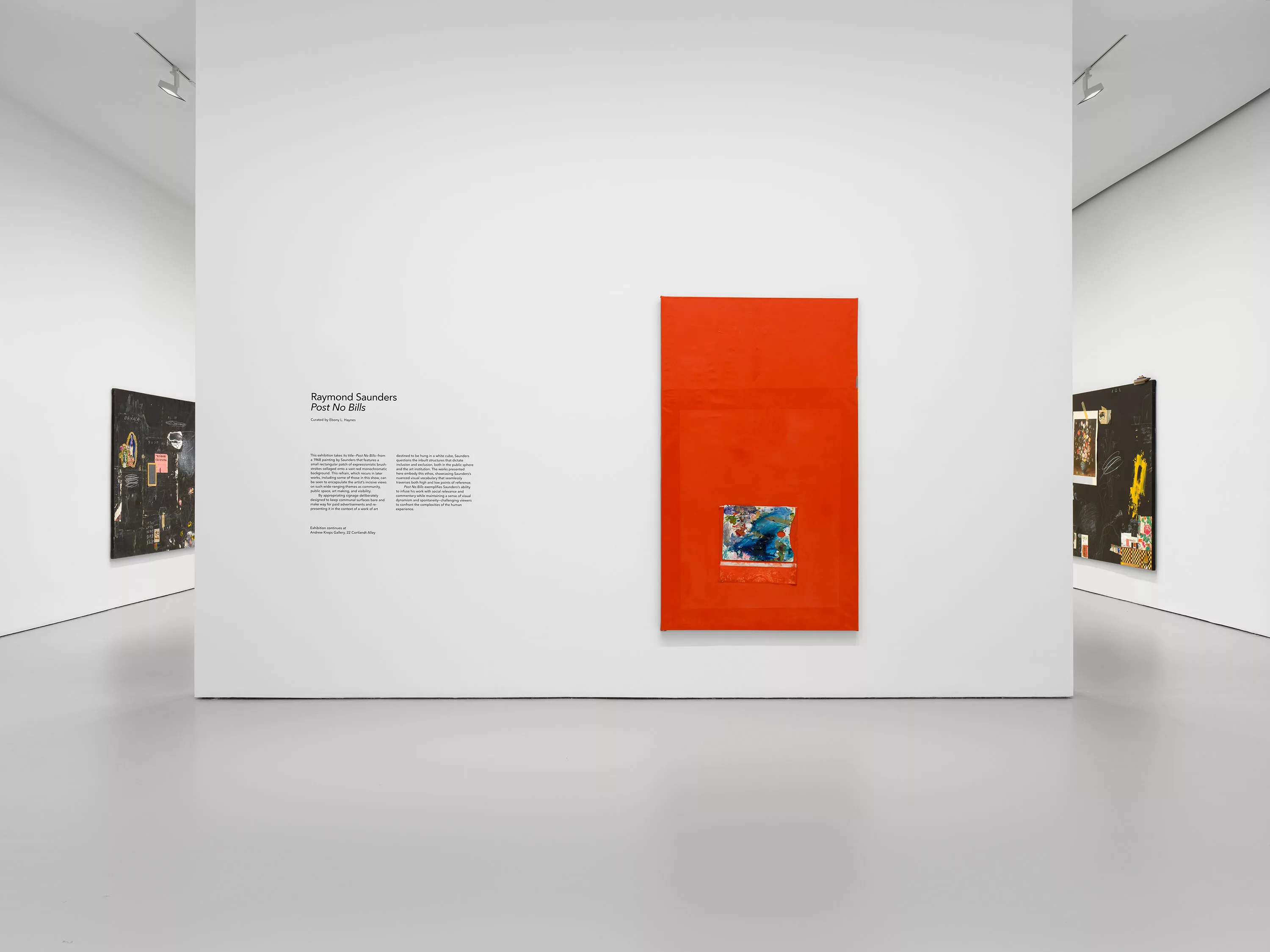
Saunders’ exploration of sociopolitical nuances in his work delves into profound layers, as illuminated in his seminal pamphlet, “Black Is A Color.” Within its pages, Saunders meticulously dissects the intricate tapestry of the Black Arts Movement.
Rather than merely accepting its rise as a monolithic phenomenon, he scrutinizes its complexities and probes its motivations: Does it provide a watershed moment for uplifting all Black artists? Not at the cost of their individual identity, he argues. Saunders confronts the inherent tensions and contradictions within the Black Arts Movement, highlighting its debates over cultural authenticity.
Elephant Magazine sat down with Haynes to further explore the sinews of Saunders’ artistic trajectory, his motivations and value systems, and the deep body of work on display now.
Sam Falb: Hi Ebony – How are you doing? How are you feeling about the show?
I’m feeling full – in a good way. Everything feels very full. It’s fun work. It’s interesting, and it’s challenging.
Ebony L. Haynes: Your attention to timeliness and spotlighting talent is quite strong. What was the catalyst for bringing this exhibition together?
It was, refreshingly, through a lot of interest from people around me including my colleagues, David Zwirner, Andrew [Kreps], and just sharing images. There was a real energy around it and of course, I liked the work already. It felt exciting. The catalyst was essentially that this needed to happen – everyone recognized it. I was really honoured to be asked if I would be interested in curating it, and it didn’t take long for me to realize that this was something I had to really do.
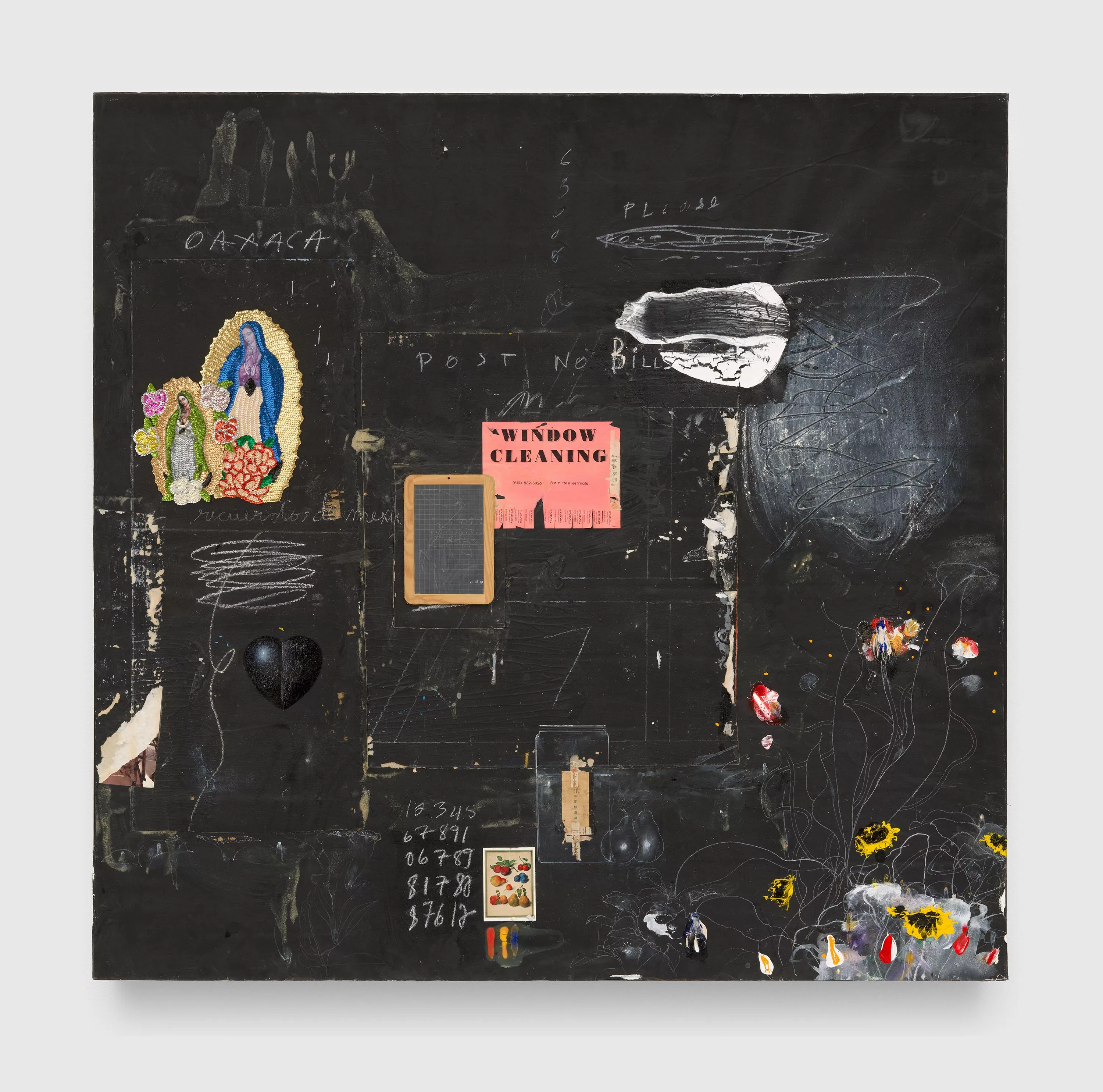
SF: What types of conversations and stories were you hoping to tell through the show?
ELH: I personally was interested in creating a space where the battles between different dialectics of public versus private could be explored. What is the context for it? The title “Post No Bills” is also meant to encourage thought on where you’re being told you can take up space.
SF: I noticed the motif of “Post No Bills” across a variety of the works in the space.
ELH: Yes! The first and oldest painting in the show is from 1968, and that’s the title of the painting. I was really invested in his position at that moment, in particular, at the time of the Black Arts Movement, and what he must have been thinking. I thought about his treaties like “Black Is A Color”. To title something “Post No Bills”, it feels like a statement and it continues throughout the work over decades.
SF: I’d also love to know about your relationship with the work and the artist before this exhibition.
ELH: I had a knowledge of the name within the canon, but mostly through written text and reproduced images. The first thing that came to mind during this process was a Jack Johnson painting that was included in MoMa’s “Just Above Midtown” or the Hammer Museum’s “Now Dig This”. I’d never had the fortune of seeing a show, before now.
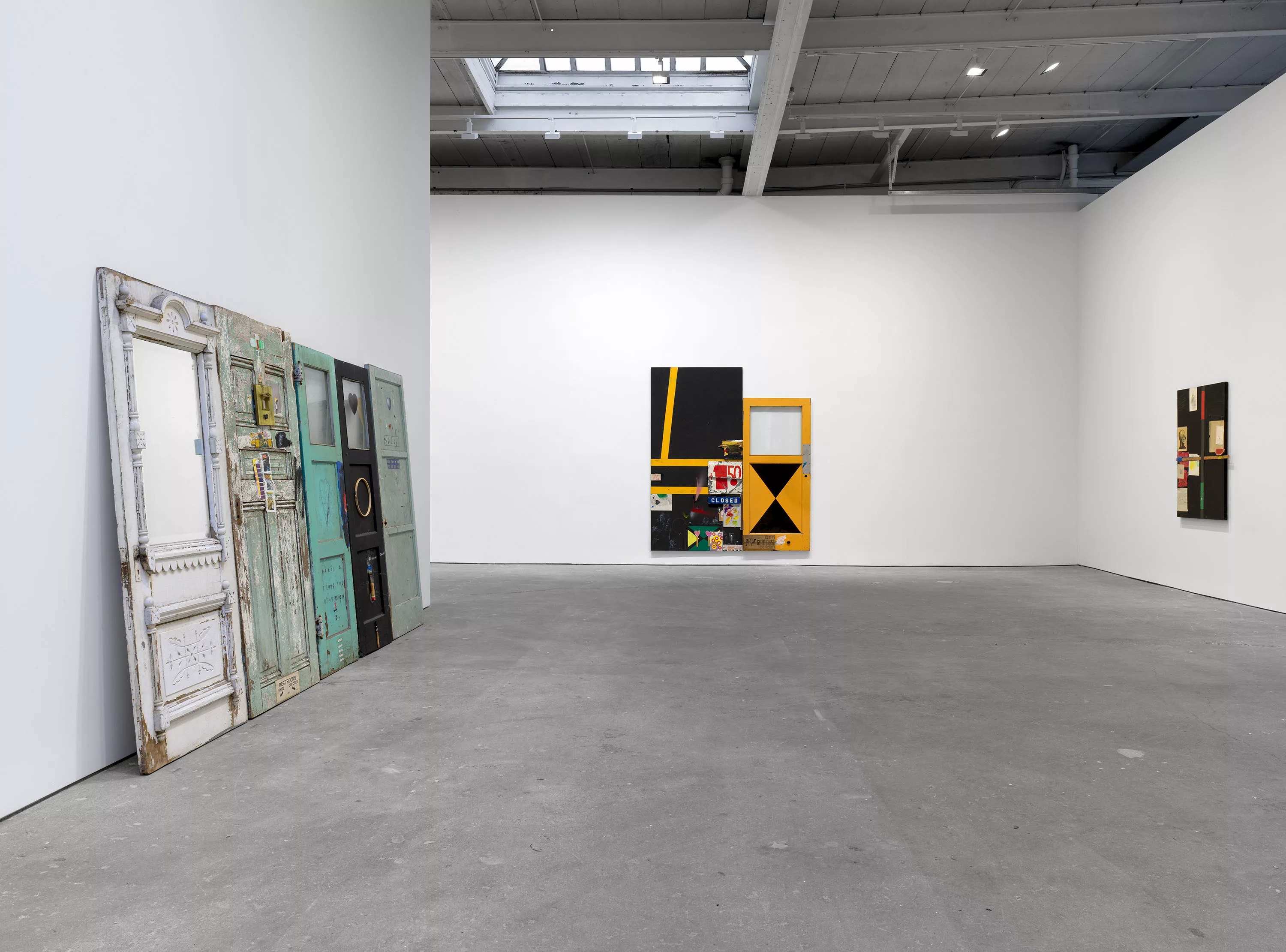
SF: What do you hope visitors are taking away from seeing his work for the first time – that first learning and understanding?
ELH: I hope that they love it with their eyes first, you know. He has beautiful technique, and it’s always nice to discover something new. You’re creating the first impression of the art and artist for audiences. I hope viewers take away an artist that they’re newly interested in, and continue to look and learn. People often have their favorites in the shows, which is always exciting.
SF: Do you have a preferred work in the exhibition?
ELH: It changes and shifts. Every time I go into the space it’s different. There’s something about the leaning door. It just feels like such a pointed effort to take multiple doors together – they’re not just leftovers in the studio. You’re actively reworking, collaging, and painting them, and going back to it seems like an interesting object to be working on. The end result is always so different than the painting.
SF: Have there been any memorable reactions or feedback thus far?
ELH: The most memorable is that people who knew Raymond – contemporaries or other curators – were so pleased with the presentation, and it’s felt very rewarding as it’s been repeated a few times. Then similarly, people who didn’t know the work have been so pleased and enthralled. Seeing that “aha” moment has been really notable for me.
SF: You spoke about “the quieted dissent of a formidable painter” in reference to Saunders’ character, in show notes. Could you speak to this theme, and others of his work that you are hoping to highlight?
I thought it quite admirable of him to relay through his practice and decisions, that he potentially didn’t align in full with a blanketed Black Arts Movement. However, that doesn’t mean that he couldn’t identify as a Black man or acknowledge that there is a Black art aesthetic. The two can exist in and of the same. He wasn’t shying away from being a Black artist. He really focused on his craft and, therefore, lives today as a Black artist by virtue of being a Black man who’s an artist.
SF: Along those lines, are there other artists that you feel are referential for Saunders? What was his relationship to influences?
There’s a great interview he conducted with SFMOMA where the interviewer asks, “Have you been looking at Rauschenberg and Twombly?’ and he responds with, “How do you know they’re not looking at me?’ It almost felt like he picked up what he thought was formidable himself, and he recognized that others thought he was formidable too. He was also trying to fight back against what is expected of us, based on what people see, and to still love being an artist – to still have fulfilment and do work, knowing that there might be an expectation to classify it in a certain way.
Following the exhibition, a catalog of Saunders’ work will be published in the next year, with the goal of providing broader public access to the artist’s biography and canon. It will include commissioned texts, commentary, applicable plates, and historical images.
Written by Sam Falb
